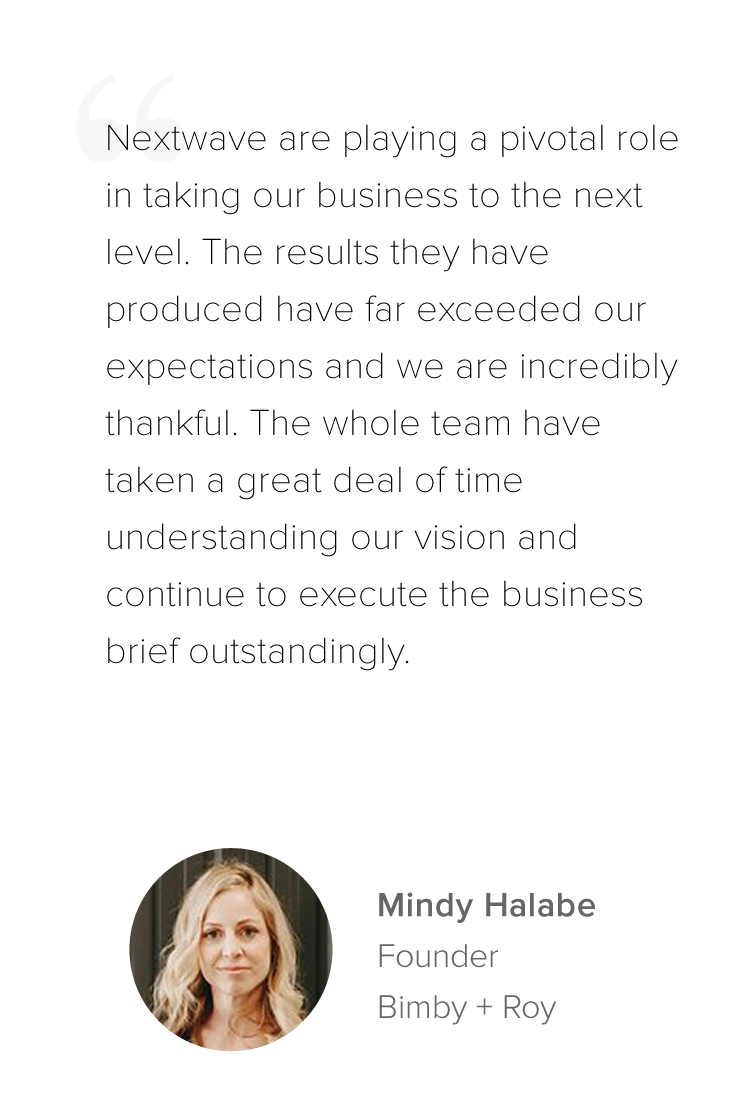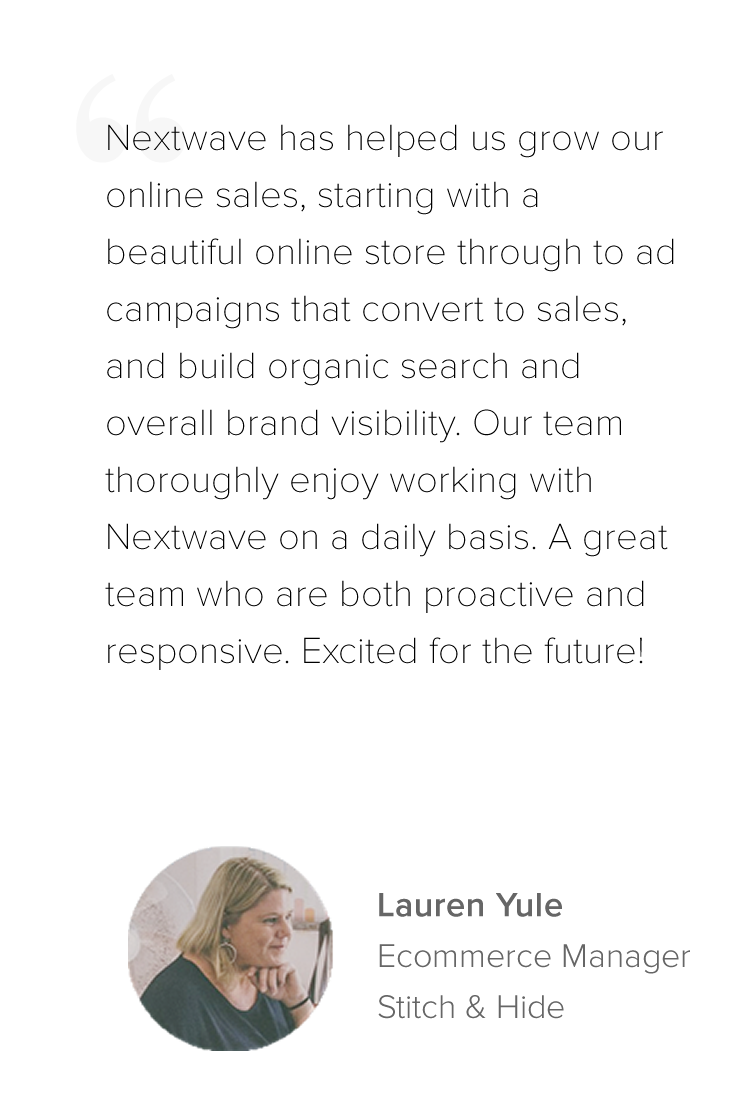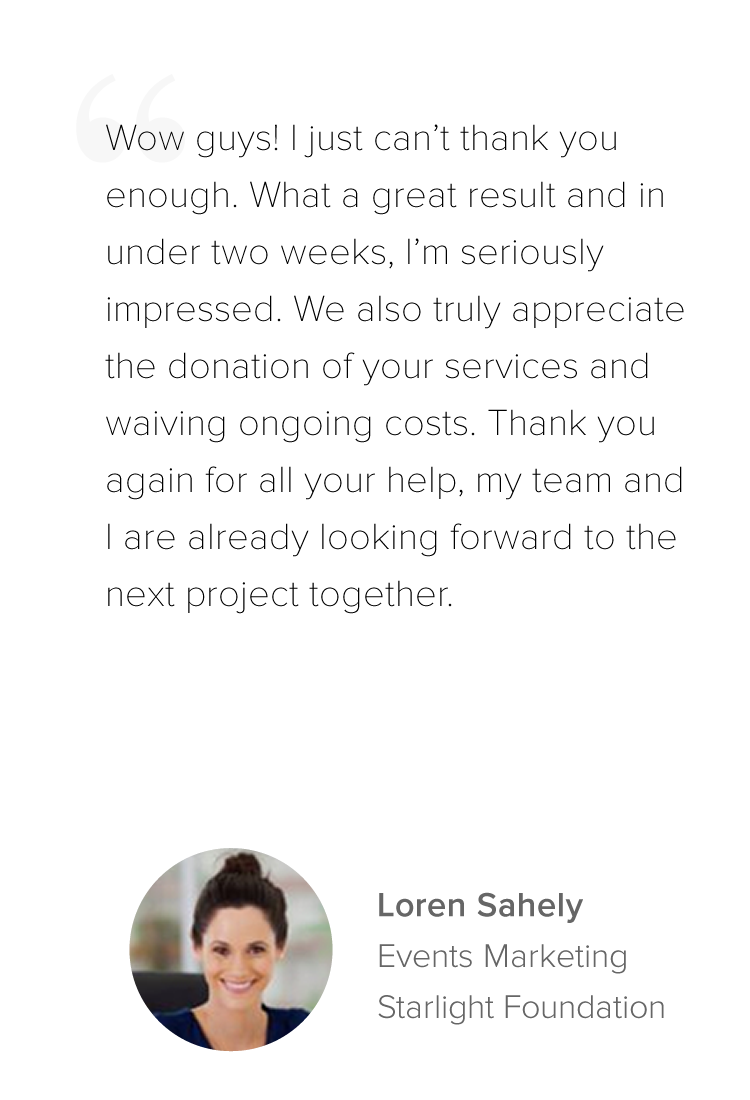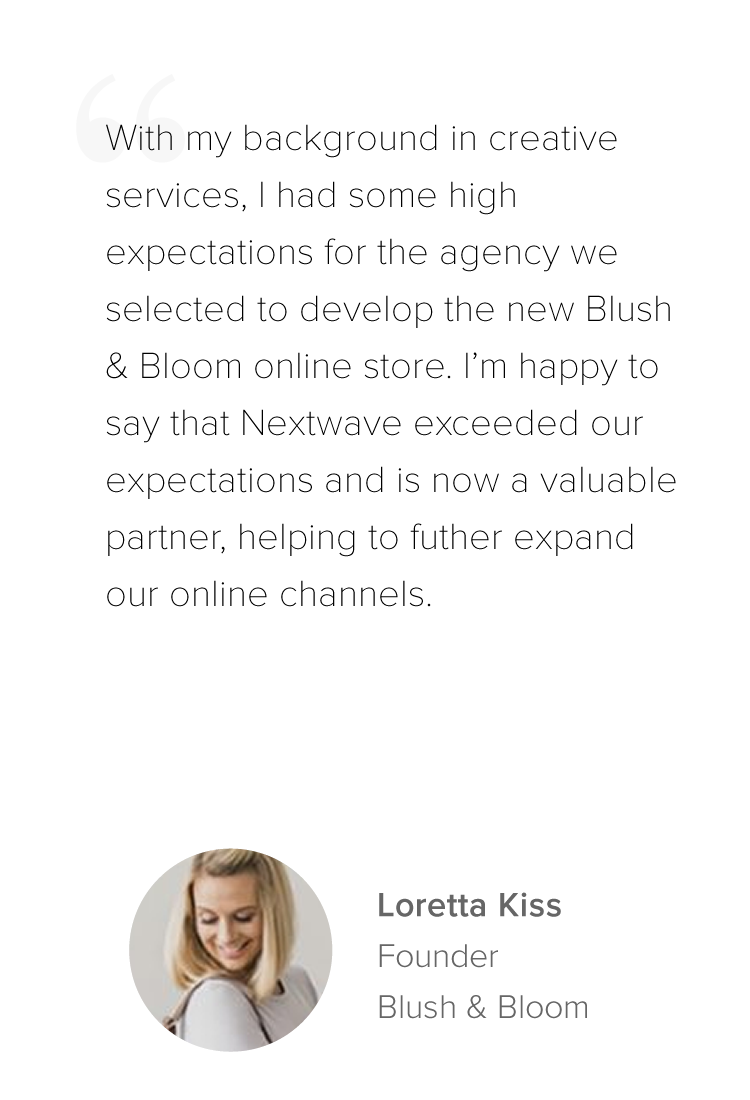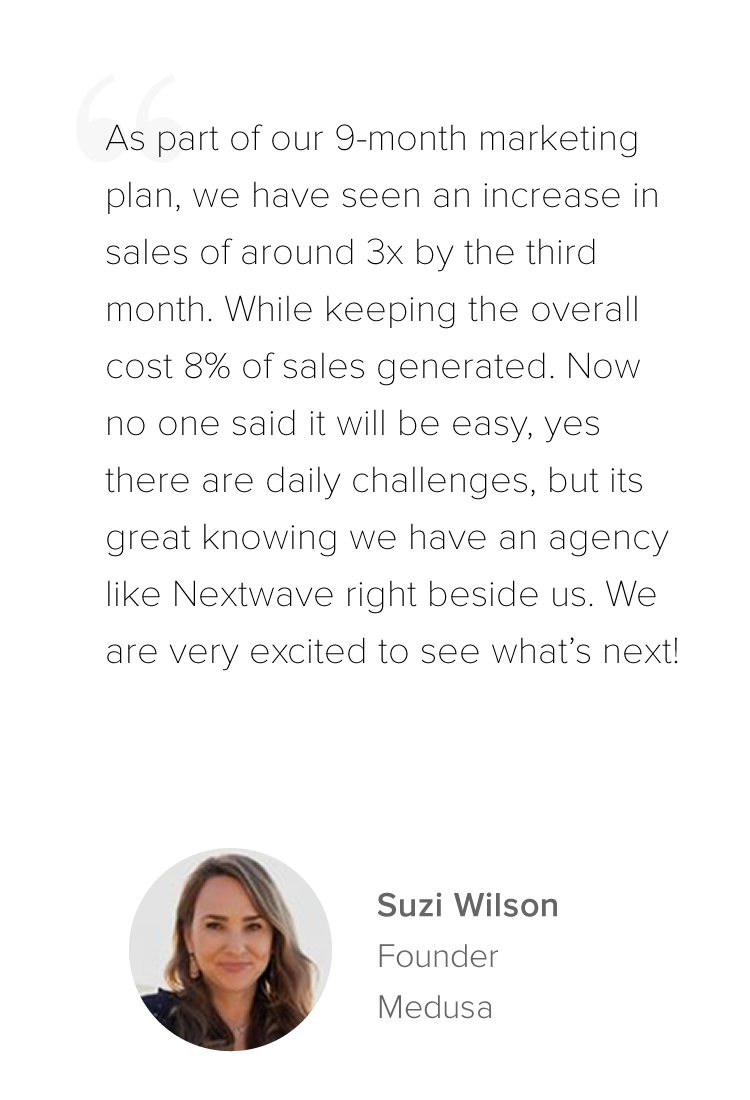How to choose the right Shopify theme for your online store

Shopify themes can give your new online store a great head start and potentially save you lots of time and money on custom design and development. However choosing the perfect Shopify theme for your brand involves thoroughly understanding your needs, evaluating key features, maintaining brand consistency, and incorporating essential page design elements.
By following this guide, you can select a theme that enhances your store’s functionality and aesthetics and aligns with your brand identity, creating a cohesive and engaging online presence. Remember, the right Shopify theme can significantly impact your store’s success, driving customer engagement and boosting sales. Need help? We are here.
Understand your target audience
Your target audience plays a significant role in determining the ideal Shopify theme for your brand. Consider the following factors:
Demographics: Age, gender, income level, and other demographic details can influence the design and functionality preferences of your audience.
Psychographics: Interests, values, and lifestyle choices can help tailor the theme to resonate with your audience.
Behavioral data: Understanding how your audience interacts with websites can guide you in choosing a theme that enhances user experience.
Define your brand identity
Your brand identity encompasses your brand’s values, mission, and visual elements. The Shopify theme should reflect these aspects to create a cohesive online presence. Key elements to consider include:
Logo and color scheme: Ensure the theme allows for easy integration of your logo and matches your brand’s color palette.
Typography: Select themes that offer flexibility in font choices to maintain consistency with your brand’s voice.
Imagery and visual style: The theme should support high-quality images and align with your brand’s visual style.
Determine functional requirements
Identify the specific functionalities your online store requires. Common functional requirements include:
Product catalog size: Ensure the theme can handle the number of products you plan to offer.
Navigation and search: Look for themes with advanced navigation and search capabilities to enhance user experience.
Checkout process: Choose themes that offer a seamless and secure checkout process.
Integration with apps: Ensure compatibility with essential Shopify apps to enhance store functionality.
Budget considerations
Shopify themes come at various price points, including free and premium options. Determine your budget and evaluate themes that offer the best value for your investment. Remember that a higher upfront cost can lead to better customization and support.
Mobile responsiveness
A mobile-responsive theme is crucial with the increasing use of mobile devices for online shopping. Ensure the theme adapts seamlessly to different screen sizes, providing an optimal user experience on smartphones and tablets.
Customization options
Look for themes that offer extensive customization options. This flexibility allows you to tailor the theme to your brand’s unique needs without extensive coding knowledge. Key customization options include:
Layout variations: Choose themes with multiple layout options to create a distinctive look for your store.
Color and font customization: Ensure the theme allows you to customize colors and fonts to match your brand identity.
Custom widgets and sections: Select themes that support custom widgets and sections to add unique functionalities to your store.
SEO-friendliness
An SEO-friendly theme helps improve your store’s visibility on search engines, driving organic traffic. Look for themes with clean code, fast loading times, and built-in SEO features such as customizable meta tags and headings.
Speed and performance
Website speed significantly impacts user experience and conversion rates. Choose themes optimized for speed and performance, ensuring quick load times even with high-resolution images and videos.
Built-in marketing features
Themes with built-in marketing features can enhance your store’s functionality and boost sales.
See this useful article for a list of features for your online store.
Compatibility with Shopify apps
Ensure the theme is compatible with essential Shopify apps to extend your store’s functionality. Common app integrations include:
Email marketing: Integrate with email marketing tools to manage campaigns and newsletters.
Inventory management: Use apps for efficient inventory tracking and management.
Customer support: Integrate with customer support tools to provide excellent service.
Visual consistency
Ensure all visual elements, including colors, fonts, and imagery, align with your brand guidelines. Consistent visuals create a cohesive look and feel, enhancing brand recognition.
Consistent messaging
Your theme should support consistent messaging across all pages. This includes:
Tone of voice: Ensure the theme allows consistent tone and language that resonates with your audience.
Content layout: Maintain a uniform content layout to provide a seamless reading experience
Brand storytelling
Choose a theme that allows you to effectively tell your brand’s story. This includes sections for your brand’s mission, values, and history, helping customers connect with your brand on a deeper level.
Custom brand elements
Incorporate custom brand elements such as logos, icons, and unique design features. Themes that support custom CSS and JavaScript can help you add these elements without compromising the overall design.
Integration with brand assets
Ensure the theme integrates seamlessly with your existing brand assets, including:
Images and videos: Use high-quality images and videos that reflect your brand’s style.
Typography: Choose themes that support your brand’s fonts for consistency across all text.
Homepage design
Your homepage is the first impression customers have of your store. Ensure it includes:
Hero section: A visually striking hero section with high-quality images or videos
Clear navigation: Easy-to-use navigation menus that guide users to important sections.
Featured products: Highlight best-selling or new products to draw attention.
Call-to-action buttons: Strategically placed buttons encouraging actions such as shopping now or signing up for newsletters.
Product pages
Product pages are crucial for converting visitors into customers. Key elements to include are:
High-quality images: Multiple high-resolution images showing different angles and details of the product.
Detailed descriptions: Comprehensive product descriptions with key features and benefits.
Customer reviews: Display reviews and ratings to build trust.
Related products: Suggest related products to encourage additional purchases.
Category pages
Category pages help users navigate your product catalog efficiently. Ensure they include:
Clear categorization: Logical organization of products into categories and subcategories.
Filter and sort options: Allow users to filter and sort products based on criteria such as price, popularity, and ratings.
Consistent layout: Maintain a uniform layout for a seamless browsing experience.
About us page
The About Us page helps build a connection with your audience. Include:
Brand story: Share your brand’s story, mission, and values.
Team introduction: Introduce key team members to add a personal touch.
Customer testimonials: Highlight positive feedback from customers to build credibility.
Contact page
A well-designed contact page ensures customers can easily reach out. Include:
Contact form: A simple form for customers to submit inquiries.
Contact information: Provide email addresses, phone numbers, and physical addresses.
Social media links: Include links to your social media profiles for additional engagement.
Blog section
A blog section enhances your store’s SEO and provides valuable content to customers. Ensure it includes:
Engaging posts: Write informative and engaging blog posts relevant to your audience.
Search and filter options: Users can search and filter blog posts based on categories and tags.
Consistent formatting: Maintain a uniform format for all blog posts for a cohesive look.
When it all comes together
As one of a small group of Certified Shopify partners in Asia Pacific, Nextwave has helped 100’s of businesses get started with Shopify, firming up requirements and then matching them with the right theme. Interested? Talk to us today.

Need expert help?
Talk to us today and we can guide you through the whole process to make sure your brand gets it right the first time.
Our clients are our partners

Our clients are our partners














